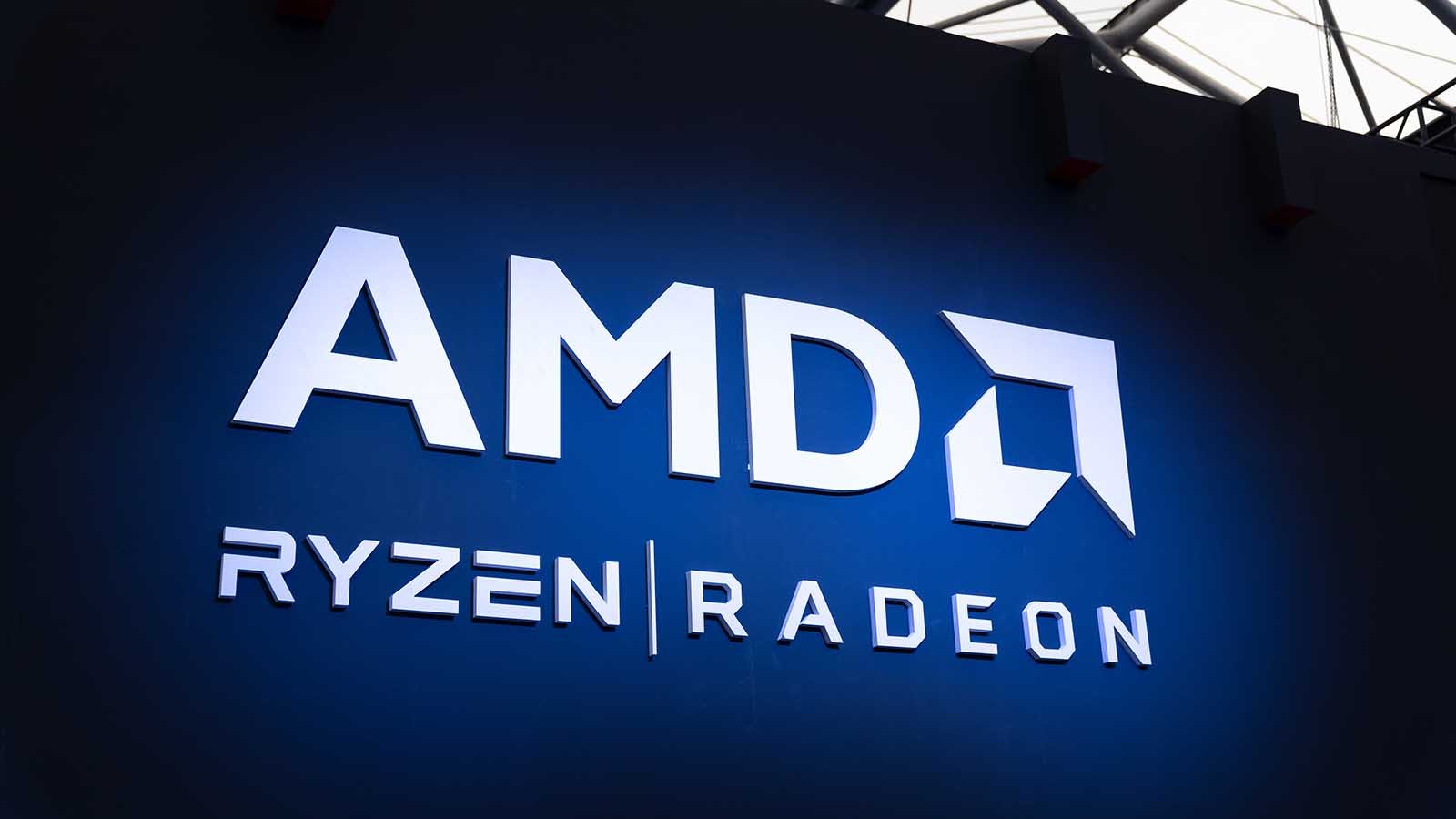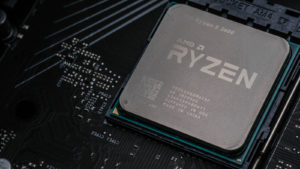Since mid-2016, AMD (NASDAD:AMD) stock has climbed steadily higher. The shares have now advanced around 25 times from their lowest point of the last four years.
Surely that incredible stock price appreciation has coincided with the tremendous growth of AMD’s profits over that span, right? Well actually, not so much. The company generates relatively small profits despite the huge surge of its stock price. And its latest earnings report threw a big bucket of cold water on any hopes for a surge of its profits.
AMD’s Earnings Aren’t Growing
AMD’s 2019 results weren’t impressive. For the full year, AMD’s revenue increased a measly 4%, rising from $6.5 billion in 2018 to $6.7 billion last year. After hearing all the hype about AMD’s best-ever product lineup and its lead over Intel (NASDAQ:INTC), most investors probably expected more than 4% annual revenue growth from AMD.
AMD’s operating expenses jumped $300 million last year, offsetting nearly all of its gains from its rising revenue and increasing market share. Its net income only increased by a lousy $4 million, coming in at $341 million. Because it issued more shares, AMD’s earnings per share actually went down, falling from 32 cents in 2018 to 30 cents in 2019. So AMD stock is now selling for 150 times its earnings per share which fell last year.
Additionally, AMD stock is trading for 8.5 times the company’s sales. That’s a huge multiple. Usually, the sorts of tech stocks that sell for eight times sales are software companies that have high profit margins and are growing explosively. AMD, by contrast, is a relatively low-margin company in a brutally competitive industry and doesn’t have much of a competitive advantage or recurring revenue. Simply put, AMD doesn’t deserve a software-like multiple. The company’s growth rate doesn’t justify its current valuation either.
AMD’s Guidance Wasn’t Great
AMD’s technological edge should theoretically enable it to have a hot 2020. It’s putting up a good fight against Nvidia (NASDAQ:NVDA) in graphics processing units (GPUs), for the time being. Meanwhile, Intel has well-publicized supply problems that have hindered its efforts to compete in the short-run.
And yet, AMD provided Q1 sales guidance of just $1.8 billion. That’s well short of the $1.85 billion that analysts, on average, had been looking for. It appears that the sales of its chips for gaming consoles will be weak and help contribute to the revenue shortfall. If AMD’s Q1 sales come in at $1.8 billion, its revenue would be 41% higher than during the same period a year earlier, but 16% below its Q4 top line.
On top of that, the coronavirus looms. Most businesses in China meaningfully extended their New Year holidays as authorities seek to slow the spread of the outbreak. Nearly 20% of the nation’s companies don’t know when they will reopen. This is a significant issue for AMD, as it gets roughly 25% of its sales from China. On top of that, China is a key element of so many supply chains of the electronics industry.
It’s Not All Bad News for AMD
Despite a soft earnings report and underwhelming guidance, AMD bulls can point to a few positive points. For one thing, the company’s gross margins continue to improve. They’ve moved up from 38% to 45% in recent quarters. That indicates that its market has become healthier, and it may suggest that the profits of both Intel and AMD will rise going forward. Given Intel’s much larger size and its higher R&D budget, AMD has struggled to maintain consistent profitability over the years.
Intel, by comparison, earns gross margins of nearly 60%. AMD could reach that level if it ever manages to achieve true parity with Intel. If AMD can maintain its current margins, let alone keep closing the gap with Intel, AMD’s earnings would get a big boost.
Also, AMD has done an admirable job of improving its balance sheet. It’s now down to gross leverage of just 0.5 times after paying off nearly $1 billion of its debt last year.AMD stock dropped as low as $2 in 2016 because investors feared that the company would run out of liquidity. AMD appears well-positioned to avoid such problems in the future, as it is building up its cash reserves during the good times.
The Verdict on AMD Stock
There’s no need to own AMD stock now. The stock is brutally expensive based on traditional valuation metrics such as price-earnings and price-sales ratios. Furthermore, after the company’s Q1 guidance came in below the average estimate, the shares aren’t likely to climb much in the near-term.
People keep thinking that AMD is about to hit some positive turning point, causing its revenues and profits to take off. But we’re not there yet. And AMD may never get to that point; Intel and Nvidia will catch back up with AMD’s product offerings sooner or later. Meanwhile, the coronavirus could well rob AMD of even more momentum.
At the time of this writing, Ian Bezek owned INTC stock. You can reach him on Twitter at @irbezek.

